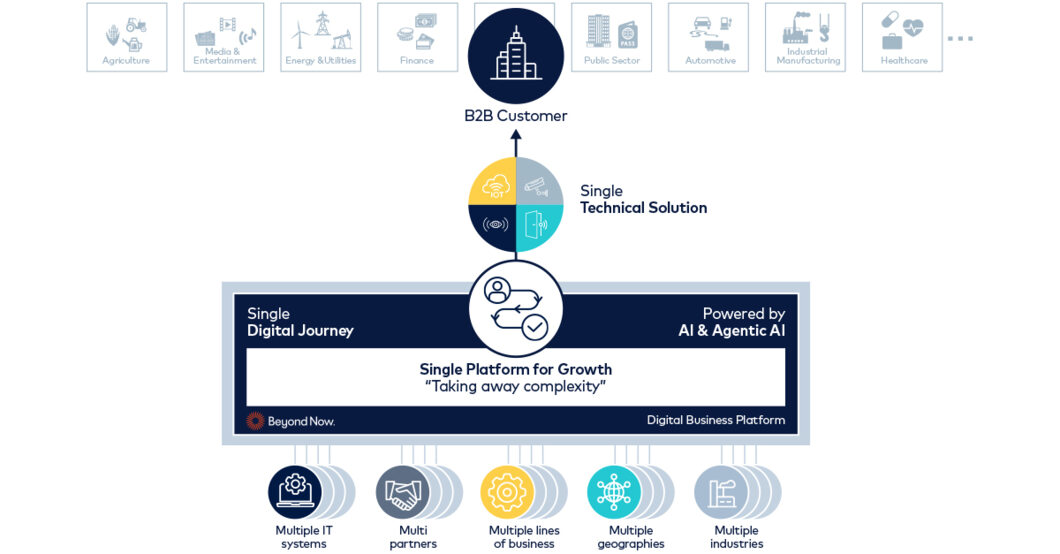
Most B2B companies regard AI adoption as a priority but fail to realize its potential due to lack of digital readiness. Digital business platforms can bridge legacy systems, unlock valuable customer data, and accelerate AI adoption enabling business growth by driving smarter sales, marketing, and customer experiences.
For most businesses, adoption of AI is high on their priority list. In B2B though the path to AI is often blocked by lack of underlying digital adoption. In short, they fail to capture valuable customer data and provide a platform for deploying AI to transform sales, marketing and downstream processes like fulfilment.
Today customers expect a B2C like digital experience in B2B, but sales are 1–2% digital in B2B compared to 40–60% in B2C. This lack of digitalization of customer experience and sales means B2B businesses miss the opportunity to: automate processes; bridge internal silo and add partner ecosystem-based business models that drive new revenue.
There is a pathway to fast-track both digitalization and AI adoption. Digital business platforms, that ‘overlay and abstract’ the existing IT estate.

They sit on top of existing IT, re-using what’s already there while capturing valuable data and adding vital capabilities such as for rapid partner onboarding, orchestrating multi-party fulfilment, monetization and digitalizing the customer experience.
They avoid the need for lengthy and costly IT transformation first, fast-tracking adoption of AI.
Customers get immediate access to a broader array of products and services from all lines of business and partners. The abstraction layer ensures a consistent, AI-driven and personalized customer experience, hiding existing complexity that can confuse customers while also generating rich data to power AI such as for offer design and future campaigns.
For most, the big gap is the ability to bundle existing products and services across different lines of business, while also adding ecosystem partner products and new sales motions to generate “attached” revenue and improve customer wallet-share.
Increasing average number of products purchased grows top-line revenue but also customer loyalty and stickiness. Upsell becomes the primary sales motion which is 5x faster and 5x cheaper than new customer acquisition. New sales motions can include automating reseller channels (MSPs and private shops), assisted sales, and commission models.
Customers benefit from streamlined processes, automated workflows, and reduced manual tasks. Perfectly reconciling invoicing/settlement from partners. It harnesses AI and lowers development time and operational costs, minimizes the need for specialized talent, and consolidates multiple customer journeys and systems into a single platform.
Digital platforms allow businesses to quickly adapt to changing market needs without deeply restructuring underlying IT. Abstraction hides technical complexity, enabling organizations to focus on strategic objectives and rapidly add, remove, or integrate new services.
These platforms enable seamless scaling. Businesses can grow and integrate new partners, sales motions, capabilities and channels without major disruptions or re-coding, while supporting long-term integration with AI and marketing as well as complex legacy systems.
